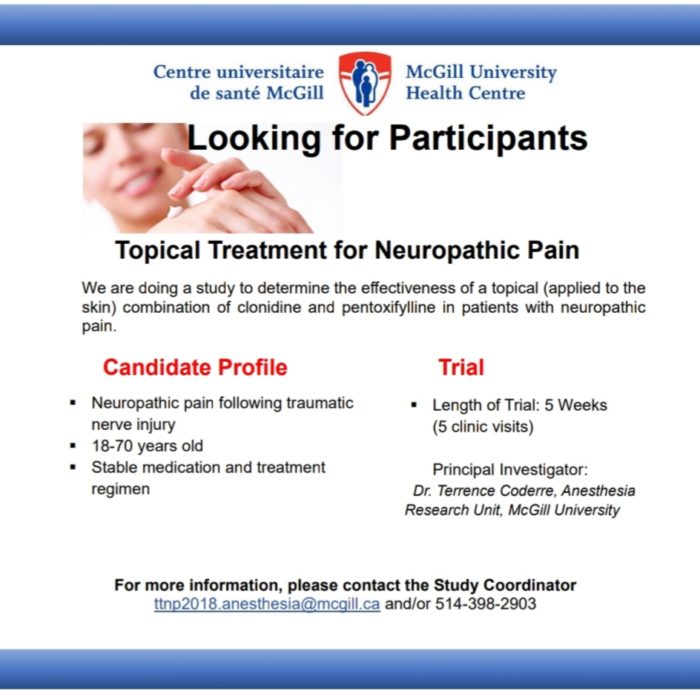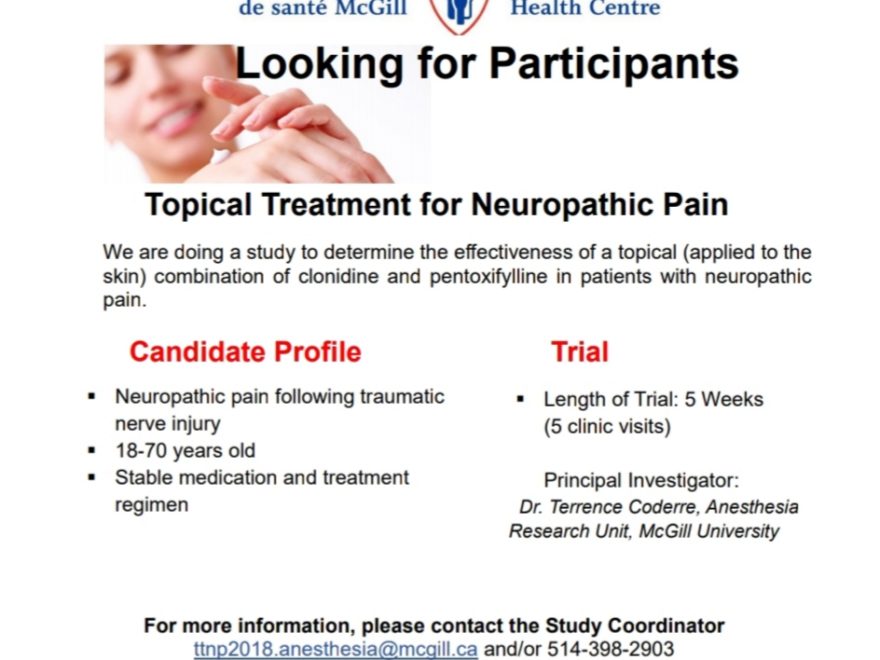Complex Regional Pain Syndrome (CRPS) is a mostly invisible neuro-inflammatory disease, which causes horrific pain. Many different types of pain, including neuropathic (nerve) pain and joint pain. It’s also responsible for reductions in joint mobility and range of motion, although the reasons for this remain unclear.
In its early phase, “CRPS is characterised by a typical clinical constellation of pain, sensory, autonomic, motor, or trophic symptoms which can no longer be explained by the initial trauma”.(1)
If the disease isn’t treated, or doesn’t resolve (go away), it can become a chronic illness. This is what seems to have happened in my case, although I still have hope that my physicians will find an effective treatment for me!! If CRPS becomes chronic, at which point it’s considered a chronic pain condition,
the main symptoms then include movement disorders, alternating skin temperature, sensory loss, hyperalgesia, and body perception disturbances.”(1)
CRPS is often said to have a probable autoimmune component, further complicating its etiology – its underlying causes. I’ve written on this blog, repeatedly, that there are no effective treatments for CRPS.
I’ve just had the opportunity to speak with someone who’s working to change that. Because I live in a large city, with two large university hospital centres, I was referred to a multi-disciplinary pain management unit (PMU) at one of them. It’s part of a large hospital, within the McGill University Health Centre (MUHC).
This PMU is a world-class treatment and teaching clinic, with an associated Centre for Research on Pain (CRU). I consider myself extremely lucky to be a patient there, to have access to this fantastic level of chronic pain care and specialists.
As part of my volunteer activities, raising awareness of CRPS and providing some peer support to other patients living with this disease, I’ve connected with patients across Canada and around the globe. Many of them are suffering with CRPS, yet lack access to this type of specialized chronic pain management.
This is a significant problem for patients with CRPS, due to the lack of viable treatment options outside of hospital settings. They might, for example, be limited to treatments which could be prescribed by a family physician; a medical professional unfamiliar with the intricacies of managing this complex pain condition.
Many of my treatments have been performed not only in a hospital, but in a day-surgery operating room. These aren’t the type of interventions that could, or should, be done in a family doctor’s office. There is, however, always hope. Of a potential effective treatment, perhaps even a cure.
Yesterday I had the pleasure to speak with someone who’s searching for the former; a potentially effective treatment. Not necessarily for all of the multiple symptoms of CRPS, but at least for one of the neuropathic pain components; allodynia, a form of extreme and painful sensitivity of the skin.
That conversation was with a researcher affiliated with the CRU, about a clinical trial of a new treatment. It’s a topical product, a lotion or cream that a patient would apply to their skin. The CRU is currently recruiting patients to participate in this clinical trial, or research study, to test this new product.
You may have wondered about the title of this blog; BioethiCanada. It’s a holdover! Back when I started blogging in 2007, I wrote about bioethics. Called biomedical ethics in some parts of the world, it’s been my passion and my field for many years now. When I was diagnosed with CRPS in 2016, I added a section for this disease on my blog – rather than trying to maintain two separate blog sites!
Part of what my work in bioethics was managing a Research Ethics Board for several years. An REB, which are called an Institutional Research Boards or IRBs in the United States. The role of an REB is primarily to protect the rights of research participants.
So it seems somewhat like poetic justice that I might finally be able to participate in a clinical trial myself! I’ll write more about this research project, once I’ve had time to read the documentation. Stay tuned!
In the meantime, if you have CRPS or another type of neuropathic pain and would like information about this study, you can contact the CRU. Their contact information is shown at the bottom of their recruiting poster (which I’m posting with their permission!):
- Phone: 514.398.2903; or
- Email: ttnp2018.anesthesia@mcgill.ca.
I’m not getting paid, or receiving any other benefit, to promote this research. I offered to share information about it, because I know how important it is to find viable treatments for patients suffering with CRPS. This blog has always been, and will remain, completely non-commercial ,-)
It’s important to spread the word about this clinical trial because research “studies need high numbers, but CRPS is a rare disease”(1) which means that there are – by default – very few patients available for research this disease.

Reference
(1) Complex regional pain syndrome-up-to-date. Frank Birklein, Violeta Dimova. PAIN Reports; PAIN Clinical Updates. Nov/Dec 2017. Volume 2, Issue 6, page e624. doi: 10.1097/PR9.0000000000000624. Online. Accessed 01 Nov 2018.
https://journals.lww.com/painrpts/Fulltext/2017/12000/Complex_regional_pain_syndrome_up_to_date.8.aspx?WT.mc_id=HPxADx20100319xMP

